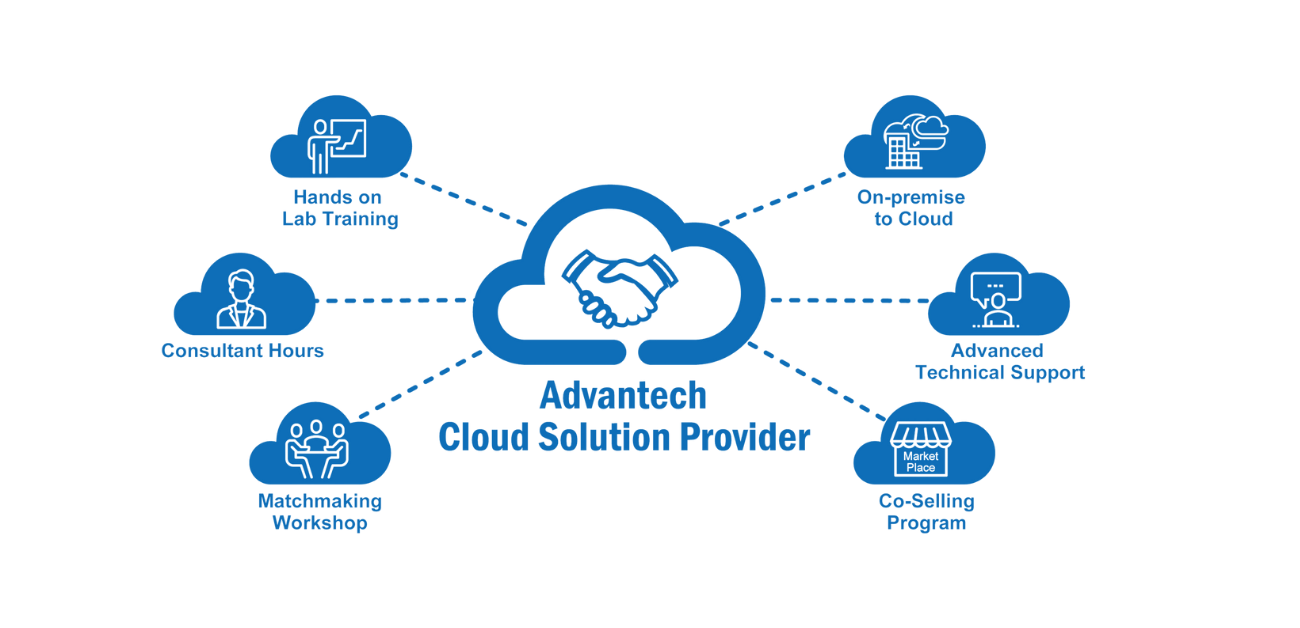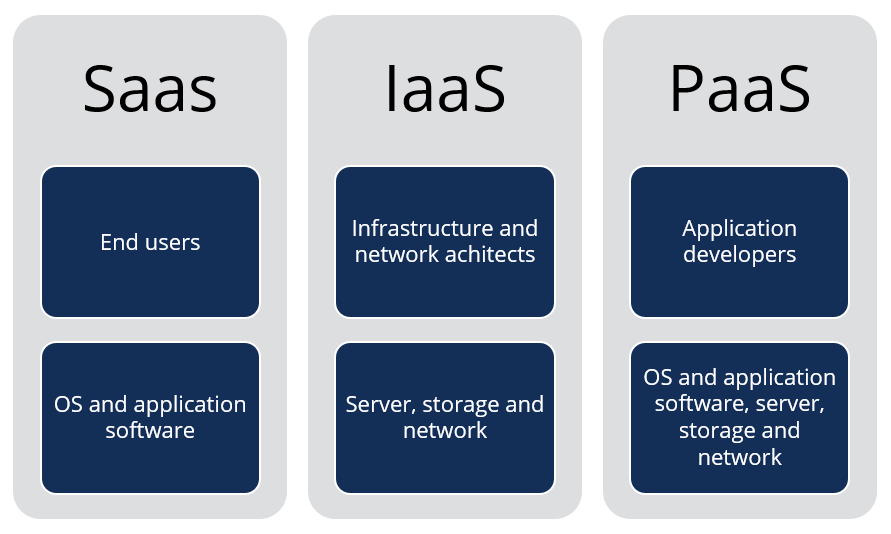LinkDaddy Cloud Services Proficiency: Advanced Approaches for Reliable Cloud Services Press Release
LinkDaddy Cloud Services Proficiency: Advanced Approaches for Reliable Cloud Services Press Release
Blog Article
Simplify Your Infrastructure With Cloud Services
As services browse the ever-evolving landscape of modern technology and data administration, the function of cloud solutions in streamlining framework has actually come to be increasingly prominent. The appeal of streamlined processes, improved effectiveness, and boosted resource allotment via cloud solutions is undeniable. The journey in the direction of a more cost-effective and nimble IT infrastructure entails even more than just migrating to the cloud. It calls for a tactical approach and a deep understanding of the subtleties of cloud fostering. So, just how can organizations successfully navigate this change and genuinely unlock the possibility of cloud services for simplifying their framework?
Advantages of Cloud Provider
Cloud services use a streamlined approach to handling IT facilities, providing organizations with versatility, cost-efficiency, and scalability. Among the vital advantages of cloud solutions is the scalability they offer. Businesses can easily scale their resources up or down based on demand, ensuring they just spend for what they make use of. This adaptability is specifically advantageous for companies with varying demands or those experiencing growth.
Additionally, cloud services remove the requirement for companies to spend in costly equipment and software application. This cost-efficiency is a significant benefit, especially for tiny to medium-sized ventures looking to decrease ahead of time costs. By utilizing cloud services, companies can access top notch IT resources without the significant price connected with conventional framework configurations.
In addition, cloud services give companies with the adaptability to access their data and applications from anywhere with a web link. This level of availability improves cooperation amongst teams, makes it possible for remote work, and boosts overall efficiency. The adaptability provided by cloud solutions empowers services to adapt rapidly to changing market conditions and consumer demands.
Expense Cost Savings and Scalability
In addition to the operational benefits highlighted previously, the assimilation of cloud services into a company's infrastructure generates considerable expense savings and improved scalability. Cloud services use a pay-as-you-go design, permitting companies to scale resources up or down based on current needs, thus avoiding the expenses related to preserving excess capability. This flexibility enables firms to adjust rapidly to changing needs without incurring unneeded expenses.
Moreover, cloud services get rid of the need for upfront investments in software and hardware, reducing capital expenses. Operating expenses are also lessened as companies no more require to take care of and preserve physical servers, leading to reduced energy consumption and IT staffing prices. In addition, cloud services give automatic updates and upkeep, making certain that the framework stays current and secure without requiring hand-operated treatments.
Enhanced Safety And Security Procedures
When incorporating cloud services into a company's facilities to guard sensitive information and make certain compliance with sector guidelines,Carrying out strict protection procedures is critical. Cloud service suppliers provide boosted safety and security functions such as information encryption, firewall program security, and multi-factor verification to minimize cybersecurity risks. File encryption aids protect data both at remainder and en route, ensuring that only Discover More accredited users can access sensitive details. Firewall softwares work as an obstacle in between interior networks and outside hazards, tracking and regulating outgoing and inbound network web traffic. Multi-factor authentication includes an extra layer of protection by calling for customers to offer numerous kinds of verification before accessing the cloud services.
Furthermore, normal safety audits and compliance assessments assist make certain and determine vulnerabilities adherence to sector criteria. Business can also take advantage of attributes like computerized safety updates and real-time danger monitoring given by cloud company. By prioritizing security actions and remaining positive in attending to prospective dangers, organizations can with confidence leverage cloud services while safeguarding their useful information from unapproved accessibility or violations.
Transitioning to Cloud Framework
To successfully integrate cloud services into a business's facilities, an organized approach that resolves the shift towards cloud-based solutions is necessary. Transitioning to shadow infrastructure involves mindful preparation and execution to guarantee a smooth migration process - linkdaddy cloud services press release.
When the assessment is full, a movement approach ought to be created. This method should lay out the timeline, resources, and duties for relocating each component to the cloud. It is necessary to interact this strategy plainly to all stakeholders to ensure positioning and decrease disruptions during the transition.
During the migration testing, process and monitoring are essential to identify and address any kind of problems quickly. Regular checkpoints need to be developed to track progress and make required changes. Furthermore, training for employees find this on using cloud solutions need to be provided to guarantee an effective shift and take full advantage of the benefits of the brand-new facilities.
Finest Practices for Cloud Fostering
Effective adoption of cloud services hinges on the strategic placement of company purposes with technical abilities and business preparedness. To make sure a smooth shift to the cloud, companies need to start by performing a detailed evaluation of their present infrastructure and identifying which workloads are best suited for cloud movement. It is critical to include key stakeholders from different divisions in the decision-making process to gain buy-in and address any kind of problems early on.
Another best method for cloud fostering is to prioritize safety and security and compliance. Organizations should thoroughly examine the safety and security actions offered by cloud provider and guarantee that their data is safeguarded according to market requirements and regulative needs. Implementing robust data file encryption, gain access to controls, and normal safety and security audits can help minimize risks related to cloud fostering.

Conclusion

As services navigate the ever-evolving landscape of technology and information monitoring, the function of cloud services in streamlining facilities has ended up being progressively famous - universal cloud Service. Just how can businesses efficiently navigate this shift and really unlock the potential of cloud solutions for streamlining their infrastructure?
Cloud solutions use a streamlined approach to managing IT framework, supplying companies with cost-efficiency, scalability, and adaptability. By making use of cloud services, organizations can access high-quality IT resources without the substantial cost tag associated with traditional framework setups.
To ensure a smooth transition to the cloud, companies must begin by performing a thorough analysis of their existing facilities and determining which workloads are website here best suited for cloud migration.
Report this page